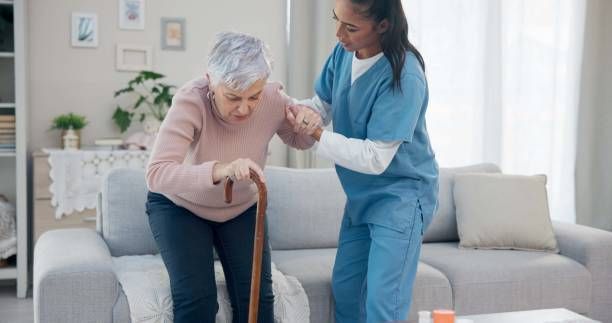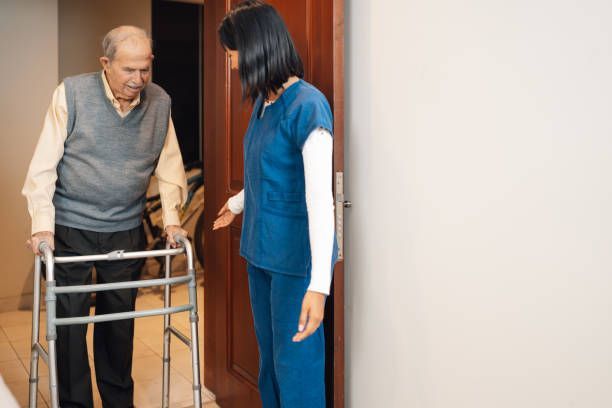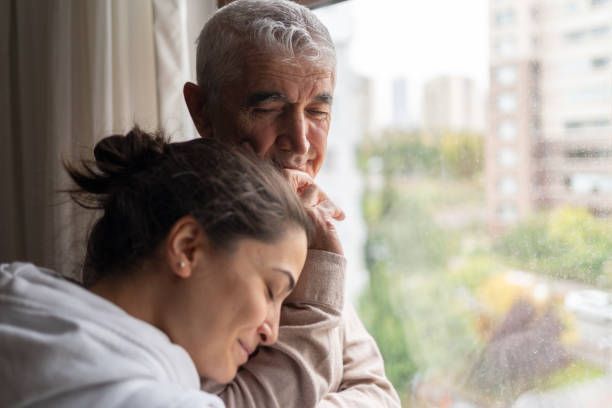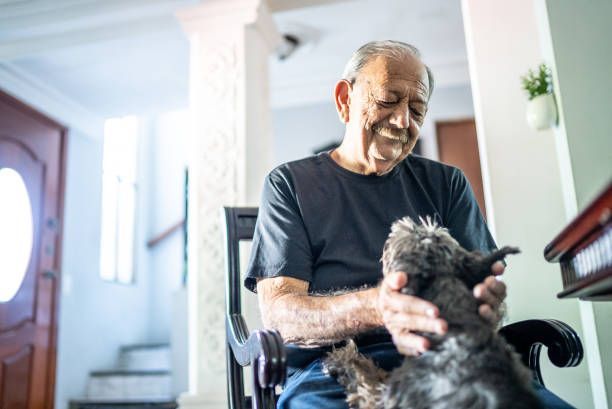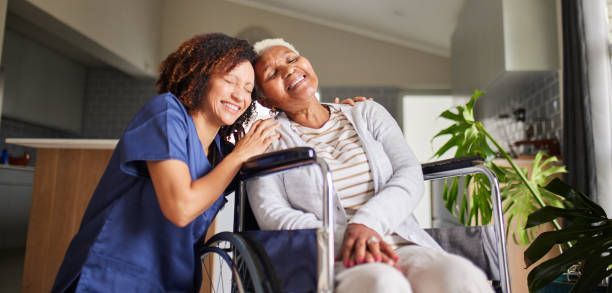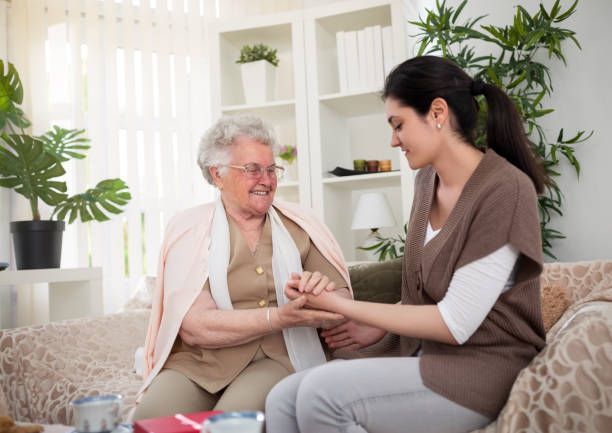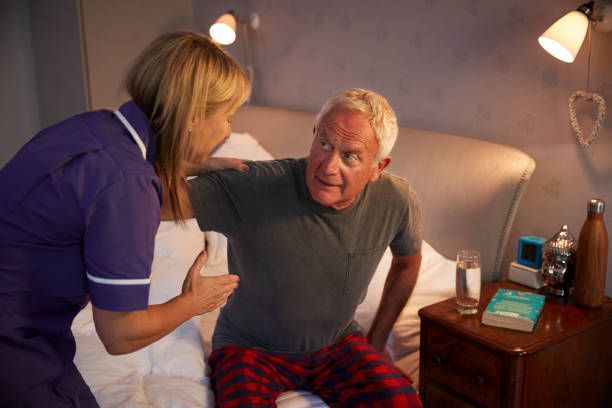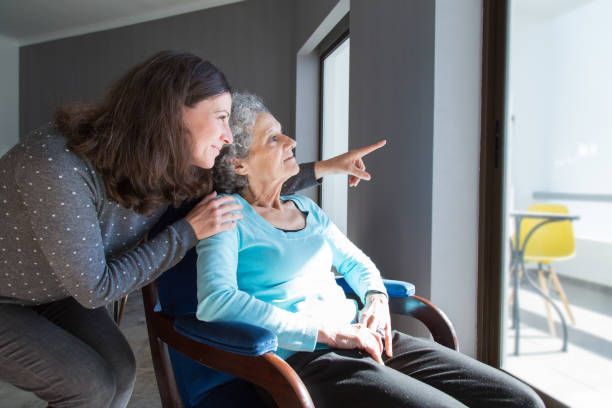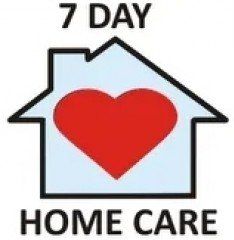15 Symptoms of Walking Pneumonia: What You Need to Know
15 Symptoms of Walking Pneumonia: What You Need to Know
Walking pneumonia can be particularly dangerous for elderly individuals, as their immune systems are often weaker, making them more susceptible to complications. If left untreated, what may seem like mild symptoms can escalate into severe respiratory distress, dehydration, or secondary infections, such as bacterial pneumonia. Addressing walking pneumonia promptly in seniors is crucial to preventing hospitalizations and ensuring a full recovery. At 7 Day Home Care, we emphasize early detection and proper care to help seniors manage their symptoms effectively while maintaining their overall health and well-being. 7 Day Home Care
provides leading in-home care services in Manhattan,
Queens,
Brooklyn, Nassau County, and Suffolk County, New York. To learn more about our top home care services, please call 516-408-0034.
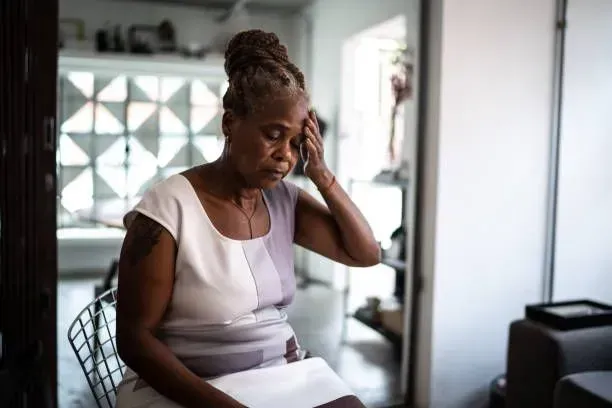
Walking Pneumonia Can Lead to Complications Such as Worsening Lung Infections or Respiratory Distress
Walking pneumonia is a milder form of pneumonia that often goes unnoticed because its symptoms can be similar to those of a common cold or mild flu. However, despite being less severe than typical pneumonia, it can still cause discomfort and complications if left untreated. Recognizing the symptoms early can help ensure proper care and recovery.
What Is Walking Pneumonia?
Walking pneumonia, also known as atypical pneumonia, is a lung infection caused by bacteria, viruses, or fungi. The most common culprit is Mycoplasma pneumoniae, a bacteria that affects the respiratory tract. Unlike severe pneumonia, walking pneumonia does not usually require hospitalization and allows individuals to carry on with daily activities—hence the term "walking" pneumonia. However, it is still contagious and can spread through respiratory droplets from coughing or sneezing.
Below, we outline the 15 symptoms of walking pneumonia that you should be aware of, as well as when to seek medical attention.
1. Persistent Cough
A lingering, dry cough is one of the hallmark symptoms of walking pneumonia. The cough may start as mild but can worsen over time. In some cases, it may produce mucus that is yellow or greenish in color.
2. Low-Grade Fever
Unlike regular pneumonia, which can cause a high fever, walking pneumonia usually results in a mild fever that hovers around 100 to 102 degrees Fahrenheit. However, even a low-grade fever can leave you feeling fatigued and unwell.
3. Sore Throat
A sore throat can accompany walking pneumonia due to the irritation caused by excessive coughing. In some cases, the throat may feel scratchy or raw, making it uncomfortable to swallow.
4. Fatigue
Walking pneumonia can leave you feeling more tired than usual, even after a full night's sleep. The body uses a lot of energy to fight the infection, leading to prolonged fatigue that can last for days or even weeks.
5. Chest Pain
Mild chest pain or discomfort may occur when coughing or breathing deeply. This symptom is a result of inflammation in the lungs and airways. If chest pain becomes severe or persistent, seek medical attention immediately.
6. Shortness of Breath
While not as intense as in severe pneumonia, walking pneumonia can cause mild difficulty in breathing. You may notice that physical activity leaves you feeling out of breath sooner than usual.
7. Chills
Despite the absence of a high fever, some individuals with walking pneumonia experience chills or shivering. These chills can come and go throughout the day.
8. Headache
Headaches often accompany respiratory infections, including walking pneumonia. The combination of fever, dehydration, and inflammation can contribute to persistent headaches.
9. Ear Pain
Since walking pneumonia affects the upper respiratory tract, it can sometimes lead to ear pain or discomfort due to congestion and fluid buildup.
10. Runny or Stuffy Nose
A runny or congested nose is another common symptom. Some people mistake walking pneumonia for a common cold because of this overlap in symptoms.
11. Loss of Appetite
Many individuals with walking pneumonia experience a reduced appetite due to fatigue, fever, and general malaise. This can lead to unintended weight loss if the condition persists.
12. Sweating
Sweating, especially night sweats, can occur as the body tries to regulate its temperature in response to infection. Some individuals wake up drenched in sweat, even if they are not running a high fever.
13. Wheezing
Some individuals with walking pneumonia experience wheezing or a whistling sound when breathing. This symptom is more common in those with pre-existing respiratory conditions such as asthma.
14. Muscle Aches
Walking pneumonia can cause mild muscle aches or body soreness, similar to flu symptoms. These aches may be more noticeable after periods of rest or inactivity.
15. Nausea and Vomiting
Although less common, some people with walking pneumonia experience nausea, vomiting, or mild gastrointestinal distress. This may be due to the body's inflammatory response to the infection.
How Walking Pneumonia Is Diagnosed
Since walking pneumonia symptoms overlap with those of other respiratory infections, a doctor may perform several tests to confirm the diagnosis. These may include:
- A physical exam to listen for abnormal lung sounds
- A chest X-ray to check for lung inflammation
- Blood tests to detect infections
- A sputum test to identify bacterial or viral causes
Treatment and Recovery
Treatment for walking pneumonia depends on the cause of the infection. In most cases, it can be managed at home with rest and over-the-counter medications. Common treatments include:
Antibiotics
If Mycoplasma pneumoniae or another bacterial infection is the cause, a doctor may prescribe antibiotics such as azithromycin or doxycycline.
Over-the-Counter Medications
Pain relievers like ibuprofen or acetaminophen can help reduce fever and body aches. Cough suppressants or expectorants may also provide relief from persistent coughing.
Hydration
Drinking plenty of fluids helps thin mucus and prevents dehydration, which can worsen symptoms.
Rest
Although walking pneumonia is not as severe as typical pneumonia, getting enough rest is crucial for a full recovery.
When to Seek Medical Help
While walking pneumonia is generally mild, it can sometimes lead to complications such as worsening lung infections or respiratory distress. Seek medical attention if you experience:
- High fever above 102 degrees Fahrenheit
- Severe shortness of breath
- Persistent chest pain
- Confusion or dizziness
- Symptoms lasting longer than three weeks without improvement
Preventing Walking Pneumonia
To lower the risk of contracting walking pneumonia, follow these preventive measures:
- Wash hands regularly to reduce the spread of bacteria and viruses.
- Avoid close contact with individuals who have respiratory infections.
- Maintain a strong immune system through a healthy diet, exercise, and adequate sleep.
- Get vaccinated against pneumonia and the flu, especially if you have a weakened immune system.
Walking pneumonia may be mild compared to traditional pneumonia, but it can still cause prolonged discomfort and fatigue. Recognizing the symptoms early can help you seek appropriate care and prevent complications. If you suspect you have walking pneumonia, consult a healthcare provider for an accurate diagnosis and treatment plan. With proper care, most people recover fully within a few weeks and can return to their normal daily activities without lingering effects. 7 Day Home Care is the leading provider of in-home care services under both private pay and long term care insurance in Manhattan, Queens, Brooklyn, Nassau County, and Suffolk County, New York. To learn more about our person centered care and client - caregiver matching home care services, please call 516-408-0034 today.
Brian Callahan
7 Day Home Care
